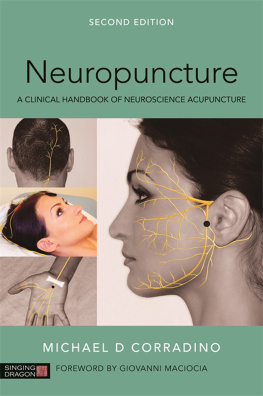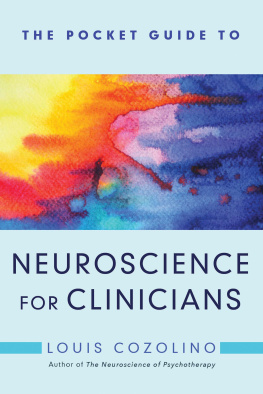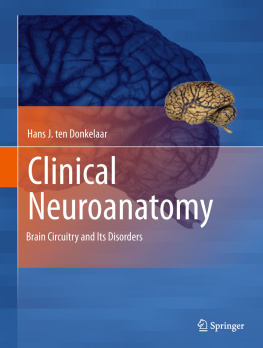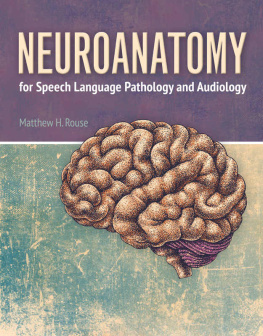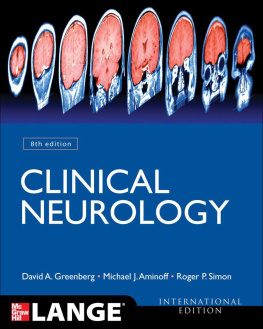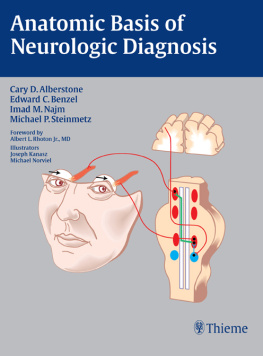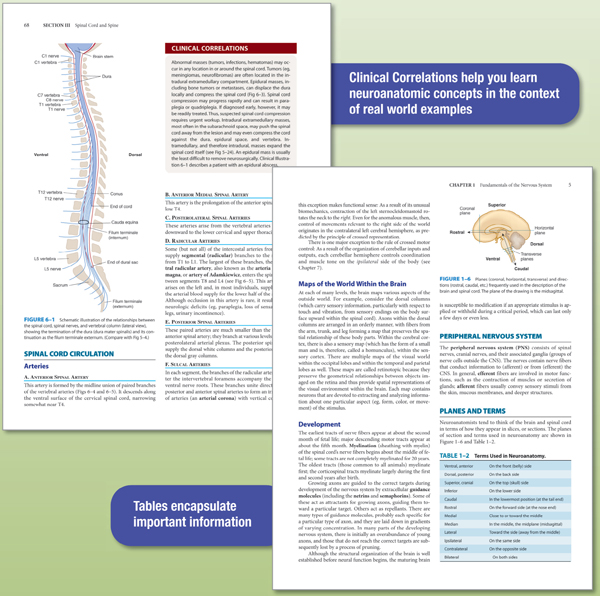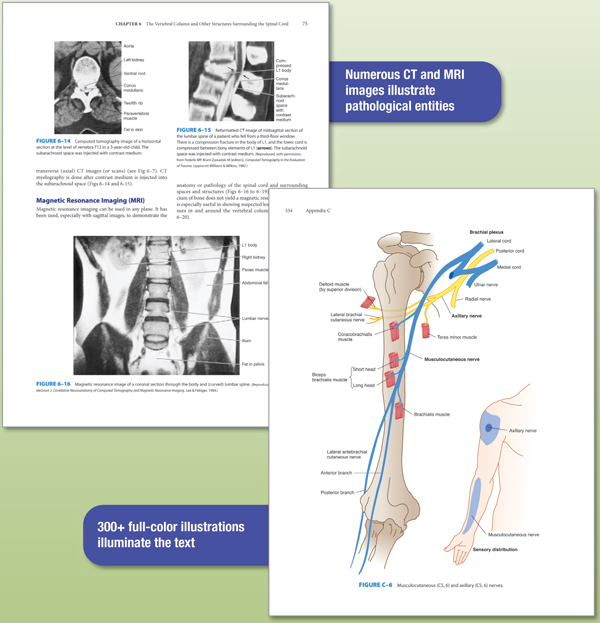Copyright 2013 by McGraw-Hill Education. All rights reserved. Except as permitted under the United States Copyright Act of 1976, no part of this publication may be reproduced or distributed in any form or by any means, or stored in a database or retrieval system, without the prior written permission of the publisher.
ISBN: 978-0-07-179798-6
MHID: 0-07-179798-X
The material in this eBook also appears in the print version of this title: ISBN: 978-0-07-179797-9, MHID: 0-07-179797-1.
All trademarks are trademarks of their respective owners. Rather than put a trademark symbol after every occurrence of a trademarked name, we use names in an editorial fashion only, and to the benefit of the trademark owner, with no intention of infringement of the trademark. Where such designations appear in this book, they have been printed with initial caps.
McGraw-Hill Education eBooks are available at special quantity discounts to use as premiums and sales promotions or for use in corporate training programs. To contact a representative please visit the Contact Us page at www.mhprofessional.com.
Notice
Medicine is an ever-changing science. As new research and clinical experience broaden our knowledge, changes in treatment and drug therapy are required. The author and the publisher of this work have checked with sources believed to be reliable in their efforts to provide information that is complete and generally in accord with the standards accepted at the time of publication. However, in view of the possibility of human error or changes in medical sciences, neither the author nor the publisher nor any other party who has been involved in the preparation or publication of this work warrants that the information contained herein is in every respect accurate or complete, and they disclaim all responsibility for any errors or omissions or for the results obtained from use of the information contained in this work. Readers are encouraged to confirm the information contained herein with other sources. For example and in particular, readers are advised to check the product information sheet included in the package of each drug they plan to administer to be certain that the information contained in this work is accurate and that changes have not been made in the recommended dose or in the contraindications for administration. This recommendation is of particular importance in connection with new or infrequently used drugs.
TERMS OF USE
This is a copyrighted work and McGraw-Hill Education and its licensors reserve all rights in and to the work. Use of this work is subject to these terms. Except as permitted under the Copyright Act of 1976 and the right to store and retrieve one copy of the work, you may not decompile, disassemble, reverse engineer, reproduce, modify, create derivative works based upon, transmit, distribute, disseminate, sell, publish or sublicense the work or any part of it without McGraw-Hill Educations prior consent. You may use the work for your own noncommercial and personal use; any other use of the work is strictly prohibited. Your right to use the work may be terminated if you fail to comply with these terms.
THE WORK IS PROVIDED AS IS. McGRAW-HILL EDUCATION AND ITS LICENSORS MAKE NO GUARANTEES OR WARRANTIES AS TO THE ACCURACY, ADEQUACY OR COMPLETENESS OF OR RESULTS TO BE OBTAINED FROM USING THE WORK, INCLUDING ANY INFORMATION THAT CAN BE ACCESSED THROUGH THE WORK VIA HYPERLINK OR OTHERWISE, AND EXPRESSLY DISCLAIM ANY WARRANTY, EXPRESS OR IMPLIED, INCLUDING BUT NOT LIMITED TO IMPLIED WARRANTIES OF MERCHANTABILITY OR FITNESS FOR A PARTICULAR PURPOSE. McGraw-Hill Education and its licensors do not warrant or guarantee that the functions contained in the work will meet your requirements or that its operation will be uninterrupted or error free. Neither McGraw-Hill Education nor its licensors shall be liable to you or anyone else for any inaccuracy, error or omission, regardless of cause, in the work or for any damages resulting therefrom. McGraw-Hill Education has no responsibility for the content of any information accessed through the work. Under no circumstances shall McGraw-Hill Education and/or its licensors be liable for any indirect, incidental, special, punitive, consequential or similar damages that result from the use of or inability to use the work, even if any of them has been advised of the possibility of such damages. This limitation of liability shall apply to any claim or cause whatsoever whether such claim or cause arises in contract, tort or otherwise.
For Wendy and Rosalie, new lights in my life.
Key Features of this Edition!
300+ full-color illustrations
Larger 8 11 trim size complements the new full-color art
Discussion of the latest advances in molecular and cellular biology in the context of neuroanatomy
Coverage of the basic structure and function of the brain, spinal cord, and peripheral nerves as well as clinical presentations of disease processes involving specific structures
Clinical Correlations and case studies to help you interpret and remember essential neuroanatomic concepts in terms of function and clinical application
Numerous computed tomography (CT) and magnetic resonance images (MRIs) of the normal brain and spinal cord; functional magnetic resonance images that provide a noninvasive window on brain function; and neuroimaging studies that illustrate common pathological entities that affect the nervous system, including stroke, intracerebral hemorrhage, and tumors of the brain and spinal cord
Introduction to Clinical Thinking section explains how to use neuroanatomy as a basis for analyzing the disordered nervous sytem
Numerous tables that make information clear and easy to remember
A complete practice exam to test your knowledge
Contents
SECTION I
BASIC PRINCIPLES
SECTION II
INTRODUCTION TO CLINICAL THINKING
SECTION III
SPINAL CORD AND SPINE
SECTION IV
ANATOMY OF THE BRAIN
SECTION V
FUNCTIONAL SYSTEMS
SECTION VI
DIAGNOSTIC AIDS
SECTION VII
DISCUSSION OF CASES
Preface
Very few organ systems, if any, present as fascinating an array of structures and mechanisms as the human brain and spinal cord. Furthermore, it is hard to think of a clinical field that does not encompass at least some aspect of the neurosciences, from molecular and cellular neurobiology through motor, sensory, and cognitive neuroscience, to human behavior and even social interactions. It is the brain, in fact, that makes us uniquely human. No surprise, then, that neuroscience has emerged as one of the most exciting fields of research and now occupies a central role as a substrate for clinical medicine.
One of the unique things about the nervous system is its exquisite architecture. The nervous system contains more cell types than any other organ or organ system, and its constituent nerve cellsmore than 100,000,000,000 of themand an even larger number of supportive glial cells are arranged in a complex but orderly, and functionally crucial, way. Many disease processes affect, in a direct or indirect way, the nervous system. Thus, every clinician, and every basic scientist with an interest in clinical disease, needs an understanding of neuroanatomy. Stroke remains the most frequent cause of death in most industrialized societies; mood disorders such as depression affect more than 1 person in 10; and clinical dysfunction of the nervous system occurs in 25% of patients in most general hospital settings at some time during their hospital stay. An understanding of neuroanatomy is crucial not only for neurologists, neurosurgeons, and psychiatrists but also for clinicians in all subspecialties, since patients of every stripe will present situations that require an understanding of the nervous system, its structure, and its function.


